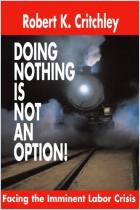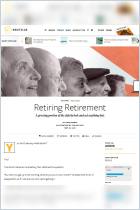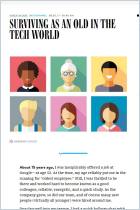
Recommendation
The graying of America is a not a new topic, but it is getting increasing attention now that the first baby boomers have filed for Medicare and are eligible for Social Security. Their sheer number – 76 million – dictate that, as in so many other spheres, they will make an impact, for better or worse, on work and retirement. Many boomers likely will want to remain in the workforce, either to earn money or to stay active, or both. While this will help ease the looming labor shortage, it also poses certain problems for companies that tend to see older workers as too expensive, too demanding or, simply, too old. Professors Donald L. Venneberg and Barbara Welss Eversole tackle this issue head on, but unfortunately their book reads too much like the academic research papers, statistics and surveys they often cite. While you might not expect a book about age demographics and workplace practices to be a page-turner, this research reveals an important story that will determine America’s future. getAbstract considers this significant reading for human resources professionals and innovative CEOs who want to bring seasoned, talented people back on board – and keep them working.
Summary
About the Authors
Donald L. Venneberg is assistant professor of organizational performance at Colorado State University. Barbara Welss Eversole is assistant professor of human resources development at Indiana State University.















Comment on this summary